A new trend is growing, one that long time owl lovers of all ages can very well understand. I, for one, say, "its about time people wake up and give a hoot!" Maybe we have the best-selling book and movie, Harry Potter, and the character's beautiful white and mystic agent to thank for, or maybe not. Regardless, we cannot deny that owls have, somehow, deep in the night, swooped into our hearts and into our pop culture!
All items here are from Zazzle.com, a world leading on-demand store for quality custom products. To visit the item's product page, click on the image, or the link below it.
News Flash - It appears that the Snowy Owl irruption
is about over and we will surely miss seeing these beautiful
creatures. May they strive well and safe back in their native arctic land.
This week, let's look at three more popular owls, along with more awesome posters featuring the individual species:
The Screech Owl
This smaller sized, but agile, owl species can only be found in the western United States, Canada, and Mexico. They are only about 7-10 inches tall and have a wingspread of 18 - 24 inches. Their plumage range in the browns tones and usually have white bellies. Their body is compact with yellow eyes and a curved bill. They, also, have prominent tufts on their ears. As their name implies, the Screech Owl screeches, but, they also hoot, chirp, bark, and whine. Males have a lower pitch voice than the females.
Their preferred habitats are in pine, oak, and sycamore trees for which their coloring serve as perfect camouflage.
The Screech Owl is nocturnal and, therefore, can only be seen at dusk and dawn. They hunt in open woodlands and fields. Their smaller prey, like mice and squirrels, are eaten whole on the spot of capture, whereas, larger prey, such as grouse and rabbits, are carried away in their bill and then torn to pieces. They are opportunists hunters and will eat just about anything, including bats, frogs, small snakes, lizards, and more.
They are mostly solitary birds with mating season in late winter. The males build nests as a way to attract the females. In turn, the females select the male based on the nest and the amount of food in it. Only 1 to 5 owlets are hatched in a year. The males take the responsibility of feeding the female during the incubation period. The lifespan is between 3 to 7 years in the wild and up to 20 years in captivity.
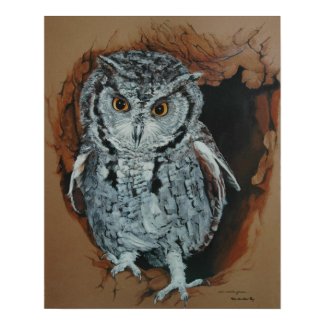
Screech Owl Art Poster by Artist Nikki
The Spotted Owl
The Spotted Owl is a medium sized owl with dark brown coloring and round white spots on most of its body. This species of owl have dark colored eyes with a round head and no ear tufts. Their favorite habitats are old forests and, therefore, serves as an "indicator species" for old-growth forests by scientists who study the health of the ecosystem in which it lives. As such, they are considered the best studied owl species in the world. Sadly, however, their numbers are declining with the corresponding decline of their habitat.
They are also nocturnal and their primary diet consist of flying squirrels and wood rats. They also eat bats, birds, insects, as well as, other owls.
The Spotted Owl may not breed every year and some may not even breed for several years. Like the Screech Owl, the male feeds the female during incubation. Unlike the Screech owl, the Spotted Owl does not build its own nest, preferring instead to use tree cavities and top platforms. They have about 3 to 5 offspring at a time. As with all owls, the survival of the young is low, however, the adult Spotted Owl can live up to 15-17 years.

Northern Spotted Owl - Strix occidentalis caurina Poster by LisasLair
The Burrowing Owl
The Burrowing Owl is the smallest of the owl species, weighing only between 4 and 8 ounces with a wingspan of 20 to 24 inches. Their brown feathers are spotted and they have unusually long legs for their kind. They have bright yellow eyes with prominent white 'eyebrows' and a white chin. They are one of the owl species that do not have ear tufts.
Their name is derived from the fact that they inhabit underground burrows dug by other animals, such as prairie dogs and squirrels. Though they have disappeared much from their previous wide spread range, they can still be found all up the Americas, including Canada and into Caribbean Islands. They prefer to nest and roost in open grasslands, deserts, and range lands.
Unlike the other owl species, the Burrowing Owl is most active during the day, especially during the earlier and later hours to avoid the mid-day heat. You can often see them perching near their burrows. Like their species counterpart, their diet is vast, consisting of small rodents, insects, birds, and reptiles. One big difference from the other owls is that they also eat fruits and seeds.
They hunt by perching on a tree and, when spotted, swoop down on the prey. They also can catch birds and insects while in flight. At times, they can even chase their prey across the ground.
The Burrowing Owl have a wide range of vocalization, including a soft hoot, chuckling, and chatter calls. When threaten, adults give a piercing scream.
Nesting season is between March and April with an average clutch of 4 to 12 eggs. As the other owl species do, the male provides the female with food during the incubation period. This species of owl can live about 9 years in the wild, and over 10 years in captivity.
Unfortunately, The Burrowing Owl is endangered in Canada and considered threaten in Mexico. As such, this species is protected under the Migratory Bird Treaty Act. They are also of special concern in other areas.

Borrowing Owls Posters by animal_madness
Check out Owls Posters online at zazzle
More More Owls!........
More great gift products featuring these owl species:
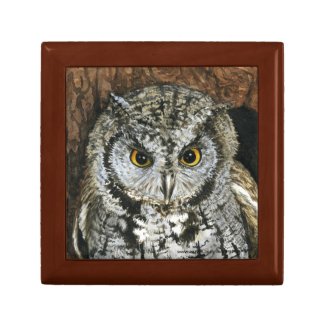
Screech Owl Gift Box by MaryMcandrew
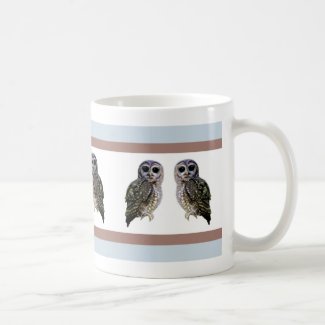
Little Spotted Owls Mugs by NezumiWorld
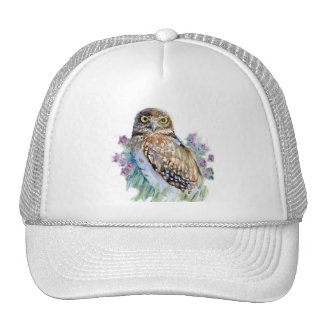
Burrowing owl in lavender hat by IronicOwl

Eastern Screech Owl Tshirt by LaughingMantis
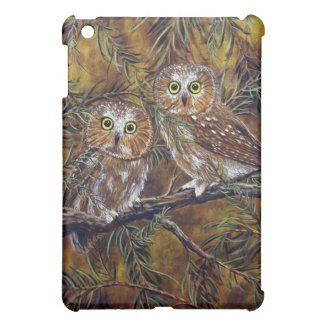
Spotted Owls Cover For The iPad Mini by dgpaulart

burrowing owl postage by ruthjollyphotography

No comments:
Post a Comment